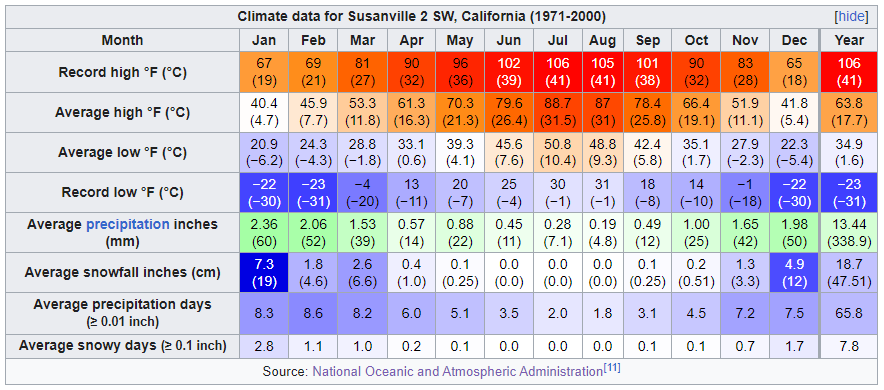Sailing Eagle Lake California
The lake that time forgot”
Tucked away in the mountains of northeastern California lies Eagle Lake, the best-kept secret and hidden jewel of all of northern California. The south shore of Eagle Lake is 26 miles north of Susanville which is just 89 miles north of Reno, Nevada. Eagle Lake lies in an isolated valley in central Lassen County and has been called “A Lake That Time Forgot.” Little changed since prehistoric times, even after the passage of time and the impact of man. It is at an elevation of 5100 feet above sea level and has a surface area of 27,000 acres with over 100 miles of timbered shoreline. This makes it the second largest natural lake within California after Clear Lake.
It’s located at the juncture of four major geologic provinces, yet unaffected through time by any of them. To the west and south is the Sierra Nevada, a giant mountain range formed by tectonic uplifting along the edge of the continental plate. To the west and north is the Cascade Mountains running sporadically through California, Oregon, and Washington, all the way to Canada. This mountain range is volcanic in origin, but also a result of a clash between the Pacific and continental plates. To the east and north is the volcanic Modoc Plateau, and to the east is the Great Basic comprising most of Nevada and Utah. This massive body of water, comprising some 27,000 acres, is the second-largest natural lake located within the confines of the Golden State. Eagle Lake has over 100 miles of extraordinary shoreline accented by rock cliffs rising from the lake which form narrow peninsulas and beautiful bays. In no place on or around, can the entire lake be seen at one time.
The lake is, in fact, like three bodies of water surrounded by a lush forest in the south to a semi-arid desert covered by sage and magnificent pine trees. It’s located at the juncture of four major geologic provinces, yet unaffected through time by any of them. To the west and south is the Sierra Nevada, a giant mountain range formed by tectonic uplifting along the edge of the continental plate. To the west and north is the Cascade Mountains running sporadically through California, Oregon, and Washington, all the way to Canada. This mountain range is volcanic in origin, but also a result of a clash between the Pacific and continental plates. To the east and north is the volcanic Modoc Plateau, and to the east is the Great Basin comprising most of Nevada and Utah.
Long ago the area was inhabited by three different language groups of Native Americans. The Mountain Maidu, Paiutes, and Saegew hunted and fished at Eagle Lake. Sheepherders and cattle ranchers now reside in the basin and surrounding valleys and mountains.

The diverse topographical environment of Eagle Lake has lent itself to a wide array of plant and animal life. Over 80 plant species including spectacular wildflowers have been identified. Over 200 species of mammals, birds and amphibians are in the basin at the same time. Bird watchers can enjoy the western grebe, osprey, white pelicans, swans, and the namesake of the land, the Bald Eagle. Deer, coyotes, squirrels, rabbits, raccoons, and an occasional bear or mountain lion roam the basin.
The 15 mile reach of Eagle Lake, with the prevailing southwesterly afternoon and evening breeze, provide extraordinary sailing and windsurfing all summer long. The warm summer waters also accommodate a wide variety of water sports. Two marinas, two general stores, two restaurants, two gas stations and a 5,000-foot air strip complete the services available to the community.
Eagle Lake is a unique national treasure, a rare and fragile resource. To ensure the preservation of the pristine beauty the basin planning is governed by the Eagle Lake Interagency Board. Input is received from five agencies that have jurisdiction over resources and land management. The vast majority of the land is within the public domain, resulting in on 800 plus residents of five small subdivisions.
Calm early morning breezes often grow into “gale force” winds by noon or early afternoon. Looming three-foot white-capped waves frequently challenge sailors of all skill levels. Often by late afternoon or early evening, the Eagle Lake winds relent. Small craft be warned.

